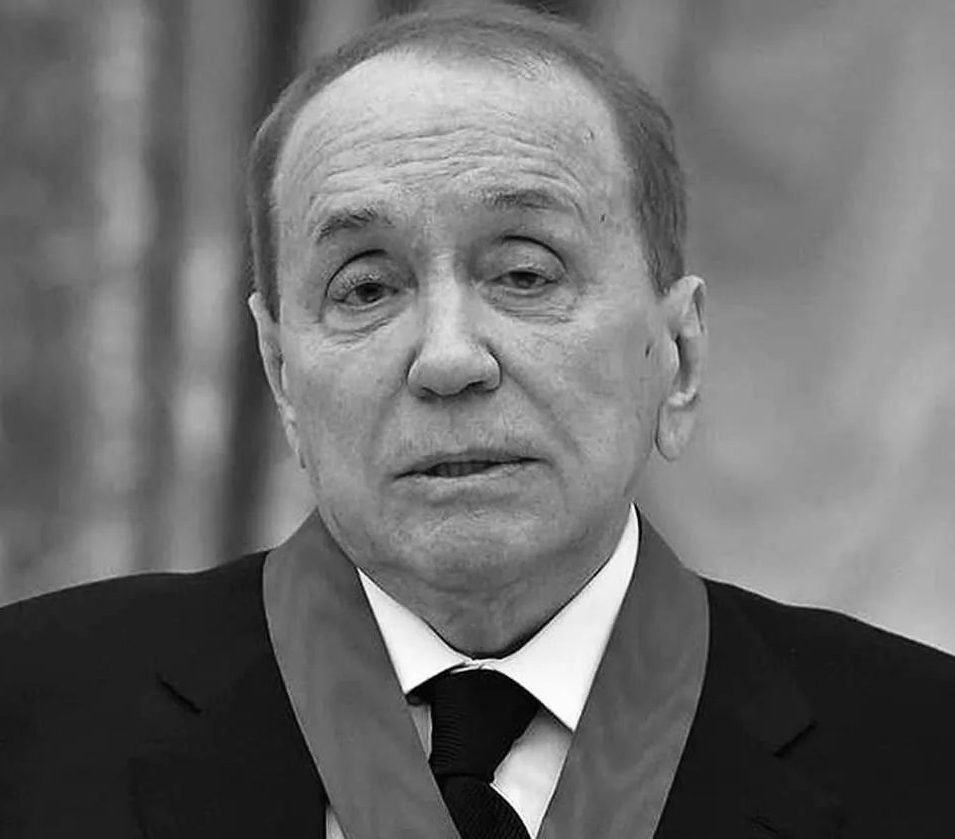Coffee, the beloved beverage we enjoy today, was not always consumed in liquid form. Historians believe that the first African tribes who discovered coffee actually ate it. These early coffee enthusiasts would grind up coffee berries, mix them with fat, and roll the mixture into small, chewable balls—essentially, the original energy bites.
The Origins of Coffee Consumption
According to legend, an Ethiopian goat herder named Kaldi first discovered coffee berries after noticing his goats became energetic after eating them. Early African tribesmen then began using coffee not as a drink, but as a food. They would crush the berries and mix them with animal fat to create portable energy balls, perfect for long journeys or strenuous activities.

From Edible to Drinkable
The practice of brewing coffee began in Yemen in the 15th century, where Sufi monks used it to stay awake during long prayers. This method spread across the Arabian Peninsula and eventually reached Europe and the rest of the world, transforming coffee consumption into the familiar liquid form.
The Evolution of Coffee Culture
This transition marked the rise of coffeehouses, first in the Middle East and then in Europe. These coffeehouses became centers for socializing and intellectual exchange, significantly shaping the social and cultural landscapes of their societies.

Today, as we enjoy our coffee in various forms, it’s fascinating to remember its origins as a chewable energy ball. The history of coffee reflects human ingenuity in harnessing nature’s resources. Next time you sip your coffee, appreciate the journey it has taken—from Ethiopian highlands to your cup.




